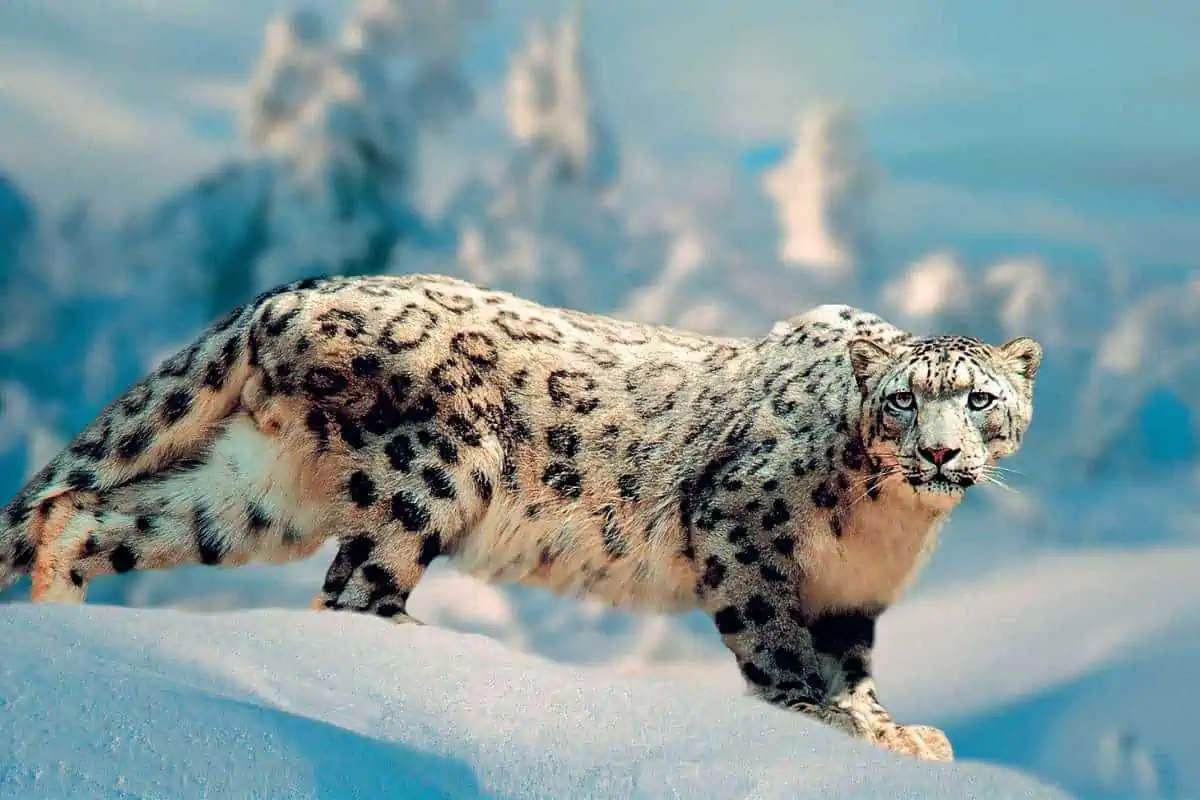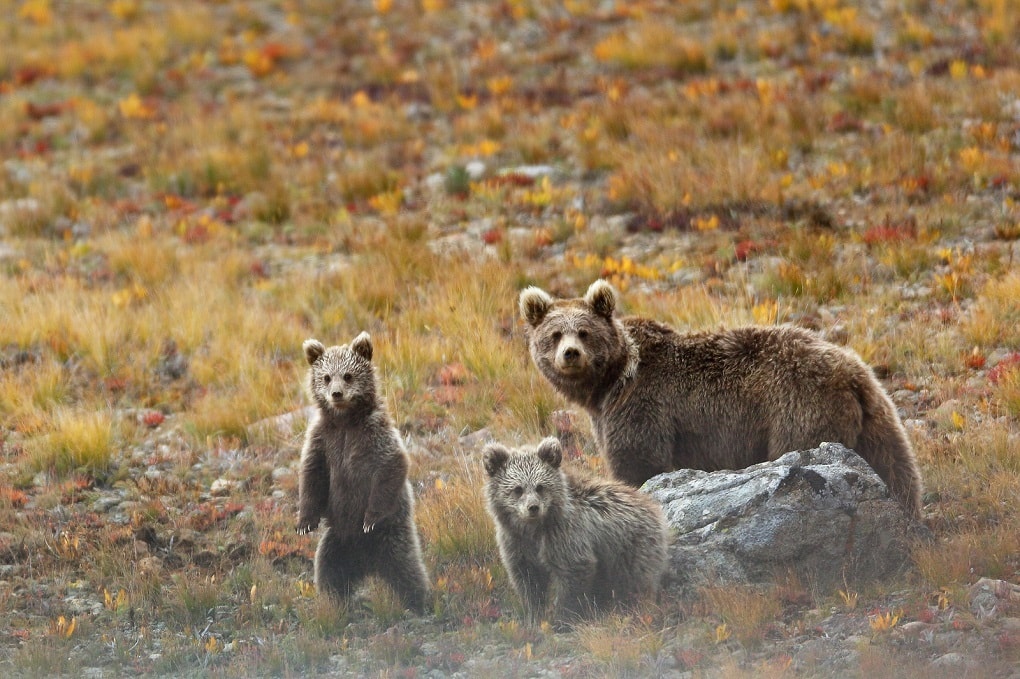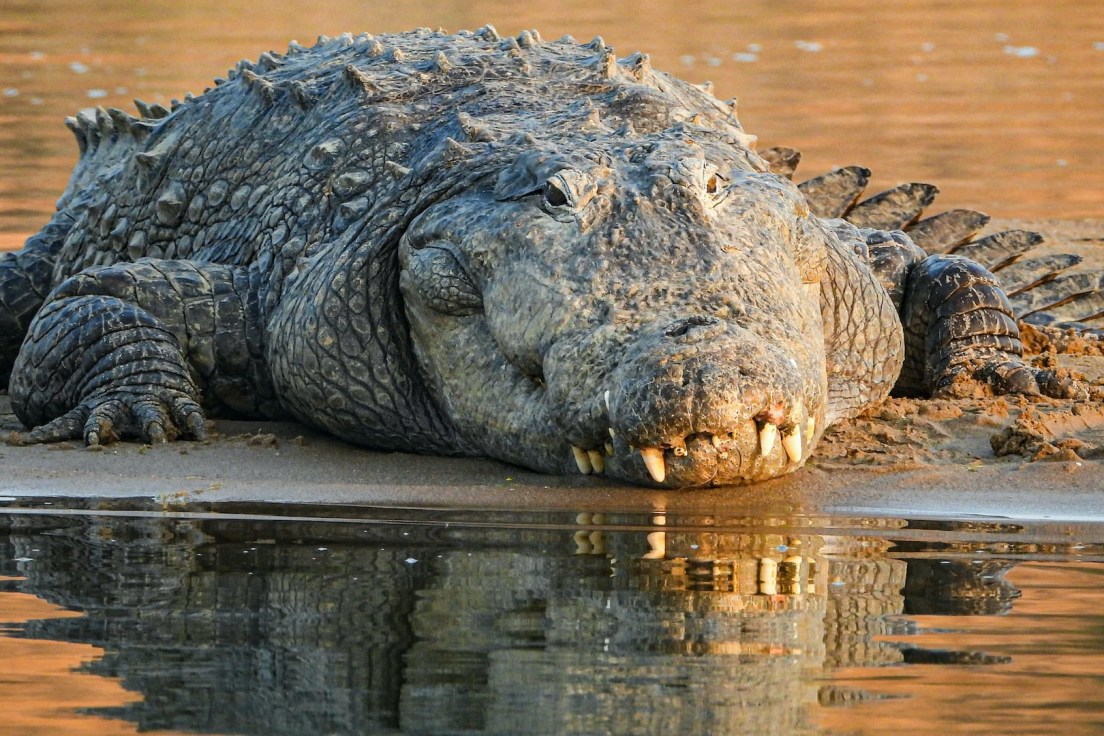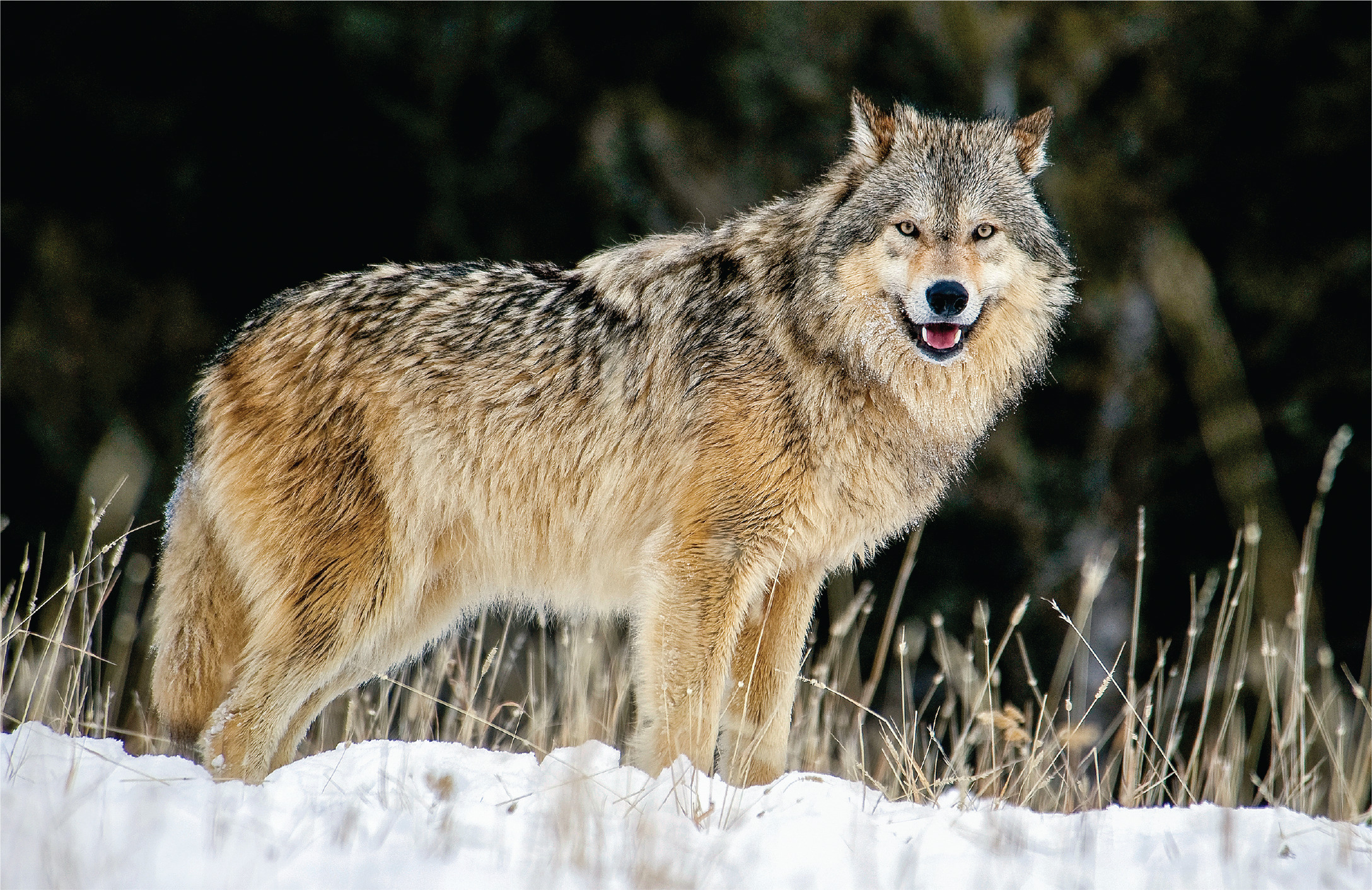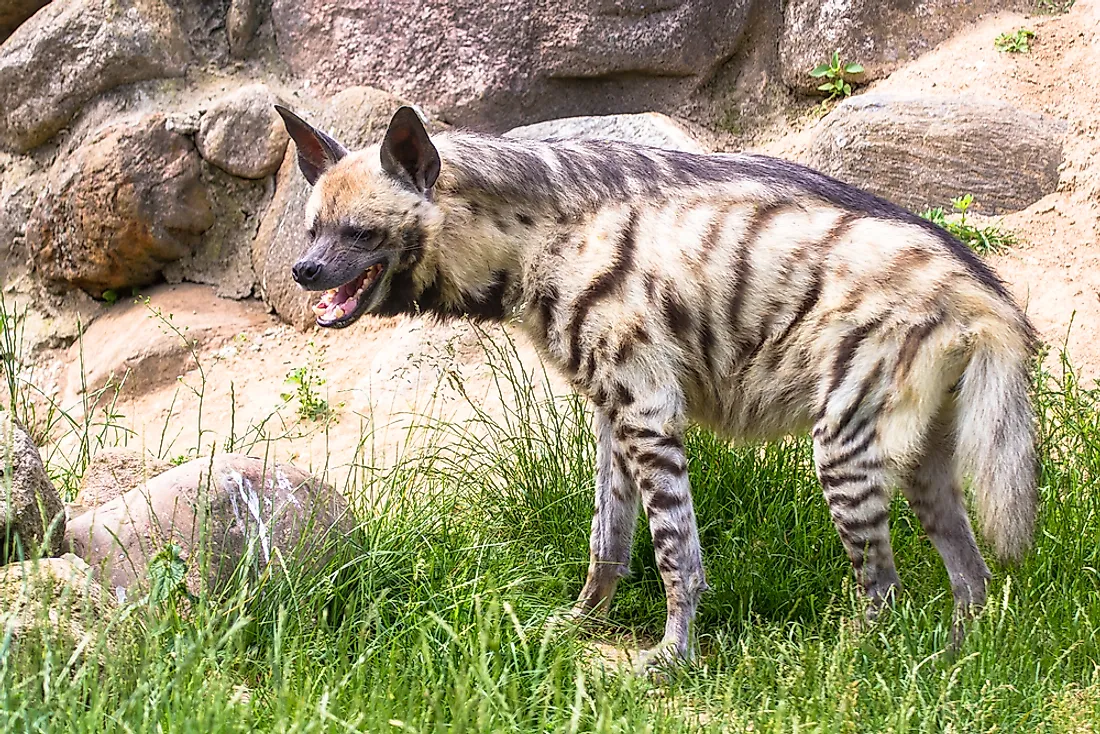Pakistan’s geography is very diverse. It consists of coasts in the South, deserts, plateaus and highlands in the west, plains, hills and wetlands in the East. And of course, the world famous Northern highlands and mountain ranges. The country also experiences a wide variety of seasons throughout the year. This results in ideal natural conditions for a huge variety of flora and fauna to thrive. Birds, mammals, reptiles, insects and marine life have enjoyed perfect habitats in Pakistan for a very long time.
Quite often, the wildlife of the country gets ignored by natives and tourists alike. This might be due to poor accessibility to many areas of the country. It could be the country’s political instability and security issues that attract attention first; or just the lack of initiatives to promote conservation and celebration of wildlife and nature. Pakistan has a plethora of breathtaking specimens of the natural world. Here is a list of 5 large carnivores found in the wild in Pakistan.
Snow Leopard
High chances of spotting in: Chitral, Hunza Nagar, Ghanche
The Snow Leopard (Panthera Uncia) is definitely the crown jewel of Pakistan’s wildlife. In Pakistan, it can be found in the rugged mountain ranges of Hindu Kush, The Pamirs, The Karakoram and The Himalayas spanning its natural habitat to around 80,000 square kilometers. They prefer living at elevations above 3000m where the weather is cold and the cliffs are steep. It is extremely well adapted to thrive in its cold, rough and rocky habitat. Its thick fur keeps it warm while its paws are shaped and act as snow shoes. The long and thick tail helps it balance during its long jumps or high altitude acrobats to catch its prey. Snow Leopard’s diet includes small rodents and game birds. However, its main diet and large prey includes Markhor, Marco Polo Sheep, The Himalayan Ibex, Blue Sheep, Musk Deer and domestic cattle.
This species was declared rare in the early 70’s. Ever since then, the local conservation agencies along with the help of the local population have worked together to make the habitat safe for the majestic creature. The total population of The Snow Leopard in Pakistan is just above four hundred. It might not be enough but it is just over ten percent of the world Snow Leopard population.
Himalayan Brown Bear
High chances of spotting in: Deosai
The Himalayan Brown Bear (Ursus Arctos Isabellinus) also comes from the Himalayan, Hindu Kush and Karakoram mountain ranges. However, the Himalayan Brown Bear prefers plains, highlands and forests. The Himalayan Brown Bear is the largest mammal of the region. The males reach up to almost 7 feet in length.
They are omnivorous animals. This means their diet consists of both meats and greens. Although, the Himalayan Brown Bear is equipped with everything for it to be classified as an immensely powerful, top of the food chain predator, its staple diet includes a variety of nuts, berries, mature leaves and grass. The bears in Pakistan are also fond of hunting long tailed marmots, goats and sheep.
The Himalayan Brown Bear population had been thriving in Pakistan. However, it has been dwindling in recent years largely due to shrinkage of their natural habitat and warmer temperatures. Deforestation for agriculture and urban development is robbing this magnificent creature of its habitat at an alarming rate.
Mugger Crocodile
High chances of spotting in: Nara Valley, Sindh
The Mugger Crocodile (Crocodylus Palustris) is mainly found in the wetlands of Sindh where it dwells in rivers, canals, lakes, marshes and other water bodies. However, the species truly thrives in the Nara Valley which is a network of more than 200 water bodies including a canal. It is a freshwater crocodile which is a powerful swimmer in habit of swimming against strong currents. Moreover it uses its tail and hind legs to get the speed and direction it wants. It can reach speeds of up to fourteen kilometers on land as well.
Its huge mouth contains more than 60 teeth that help it achieve a bite force of 1600lb and above. Adult Mugger Crocodiles can reach lengths up to sixteen feet which means they are a medium sized crocodile. However, it makes up for the small size by its acute senses including intelligence. The crocodile uses “tools and techniques” to trap and hunt birds who are looking for twigs and sticks during the nesting season.
The Mugger Crocodile usually preys upon fish, snakes, turtles, otters and other unfortunate animals that might feel a bit thirsty. They also scavenge on dead animals on land and on the river bed acting as one of the cleaning agents of running water bodies. Like all other animals, The Mugger Crocodile also faces threats in the form of urban and agricultural expansion.
Grey Wolf
High chances of spotting in: Chitral, Kumrat
The Grey Wolf (Canis Lupus ) is the largest wild canid in Pakistan. Two sub species of the Grey Wolf are found in Pakistan. The Tibetan Wolf rules the Northern Mountain ranges whereas the Indian Wolf plays warden to the deserts of Sindh and the plateaus of Baluchistan.
The Grey Wolf is built for endurance. It withstands harsh climates and rises as an apex predator in lands where not many see opportunity. The Grey Wolf lives in large packs and can withstand long chases for prey as a coordinated effort. However, research has shown that the Grey Wolf in Pakistan relies heavily on domestic animals like goat, sheep and cattle. While this may be a result of expansion of the human world, the eventual consequence is a declining population of the wolf. Conflicts with humans over territory and resources are a large contributor.
Striped Hyena
High chances of spotting in: Krithar, Quetta
The Striped Hyena (Hyaena Hyaena) is a rarity. On top of that, this specialized scavenger only emerges in pitch black darkness; spotting a Striped Hyena is no casual feat. They are usually found around the Kirthar mountain ranges in Sindh or on the outskirts of Quetta. The Striped Hyena is mostly a solitary animal unless living in pairs or a very small family group at the most. Unlike their loud cousins from Africa, The Striped Hyena’s vocalizations are also limited.
The Striped Hyena will scavenge on almost anything and will use fruits, insects and hunting of small rodents and other small mammals as an alternate. Since it prefers solace, it usually avoids conflict with humans and any other animals as well.

